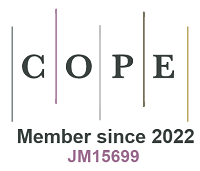fig7

Figure 7. (A and B) XPS spectra of Pt 4f region for Pt NWs, PtRu NWs, PtFe NWs, PtCo NWs, PtCu NWs, and PtAu NWs; (C) Bar graph highlighting experimental HOR exchange current densities as a function of the calculated surface HBE values for models of “near-surface alloys”. Reproduced with permission from[29]. Copyright 2016, American Chemical Society. (D) Partial density of states of the Ru d-band for Ru, Ru7Co1, Ru3Co1, and RuCo. The Ru d-band centers are indicted in the figure. Reproduced with permission from[175]. Copyright 2020, American Chemical Society. (E) Relationship between the HOR-specific activity and the Ru/Ir surface composition, where the Ru-Ir, Ru-Ru, and Ir-Ir pairs are colored in blue, green, and yellow, respectively. Reproduced with permission from[177]. Copyright 2020, American Chemical Society. (F) Free energy diagrams of the elementary processes of HOR on Ru and RuNi1, including atomic configurations of each state on various metal surfaces. Color: orange, Ru; green, Ni; red, O; white, H. Reproduced with permission from[185]. Copyright 2020, American Chemical Society. (G) The optimized structure and aberration-corrected HAADF-STEM images of Pt1-Rh NSs, Pt2-Rh NSs, and Ptc-Rh NSs; (H) HOR mass activities and specific activities in 0.1 M KOH electrolyte; (I) Plot of RDS free energy (ΔGRDS) scaling with ΔGH and ΔGOH on Pt1-Rh(111) (blue), Pt2-Rh(111) (red), Ptc -Rh(111) (green), and Pt(111) (black) surfaces. Reproduced with permission from[186]. Copyright 2023, American Chemical Society.








